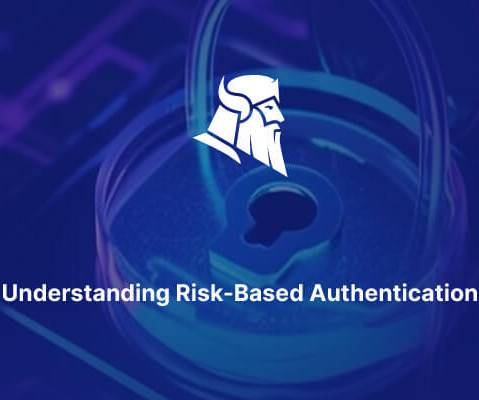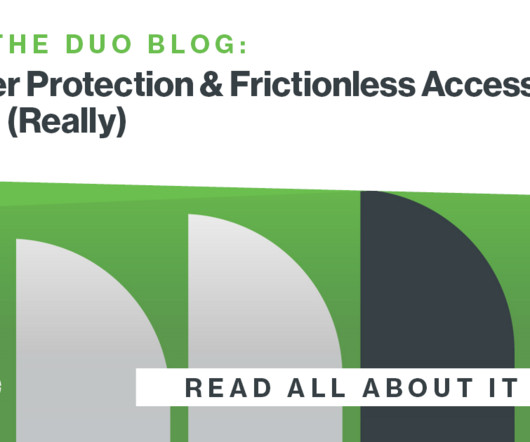Understanding Risk-Based Authentication (RBA)
Heimadal Security
AUGUST 11, 2023
Risk-Based Authentication (also known as RBA, context-based authentication, or adaptive authentication) is a security mechanism that looks at the profile (IP address, device, behavior, time of access, history, and so on) of the agent asking for access to the system in order to assess the potential risk associated with that transaction.












Let's personalize your content